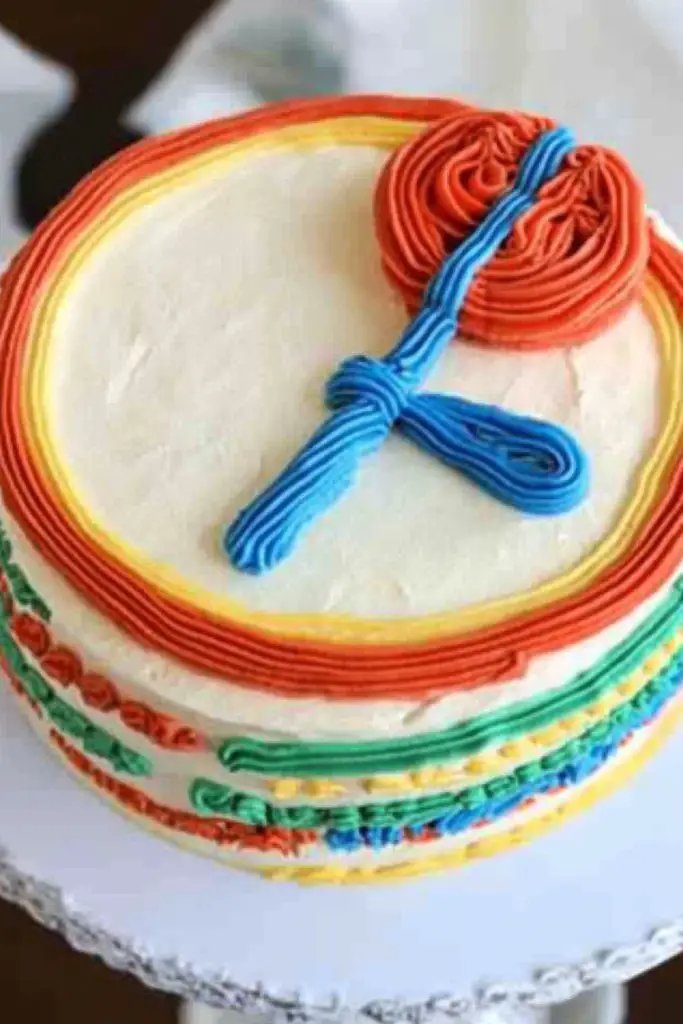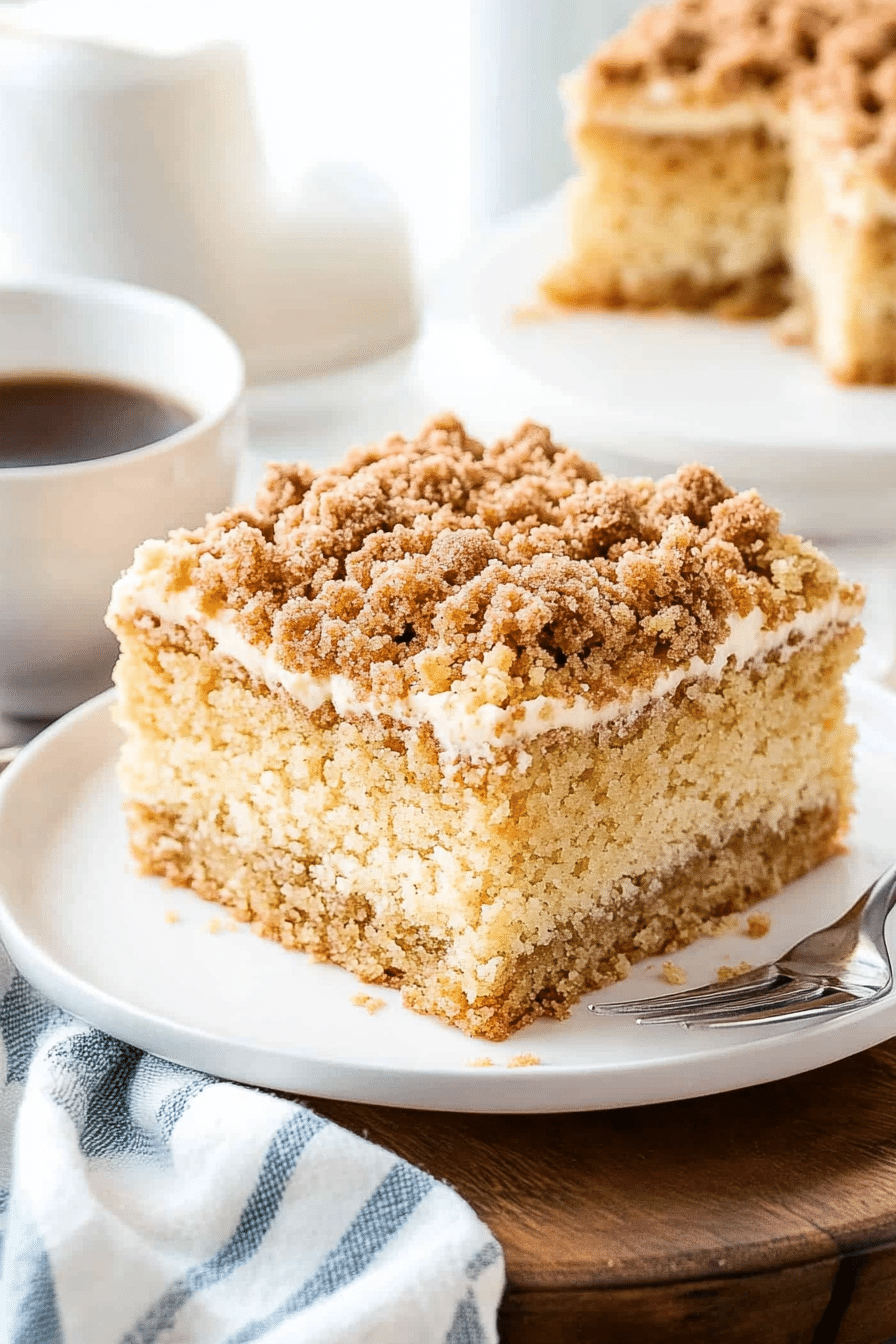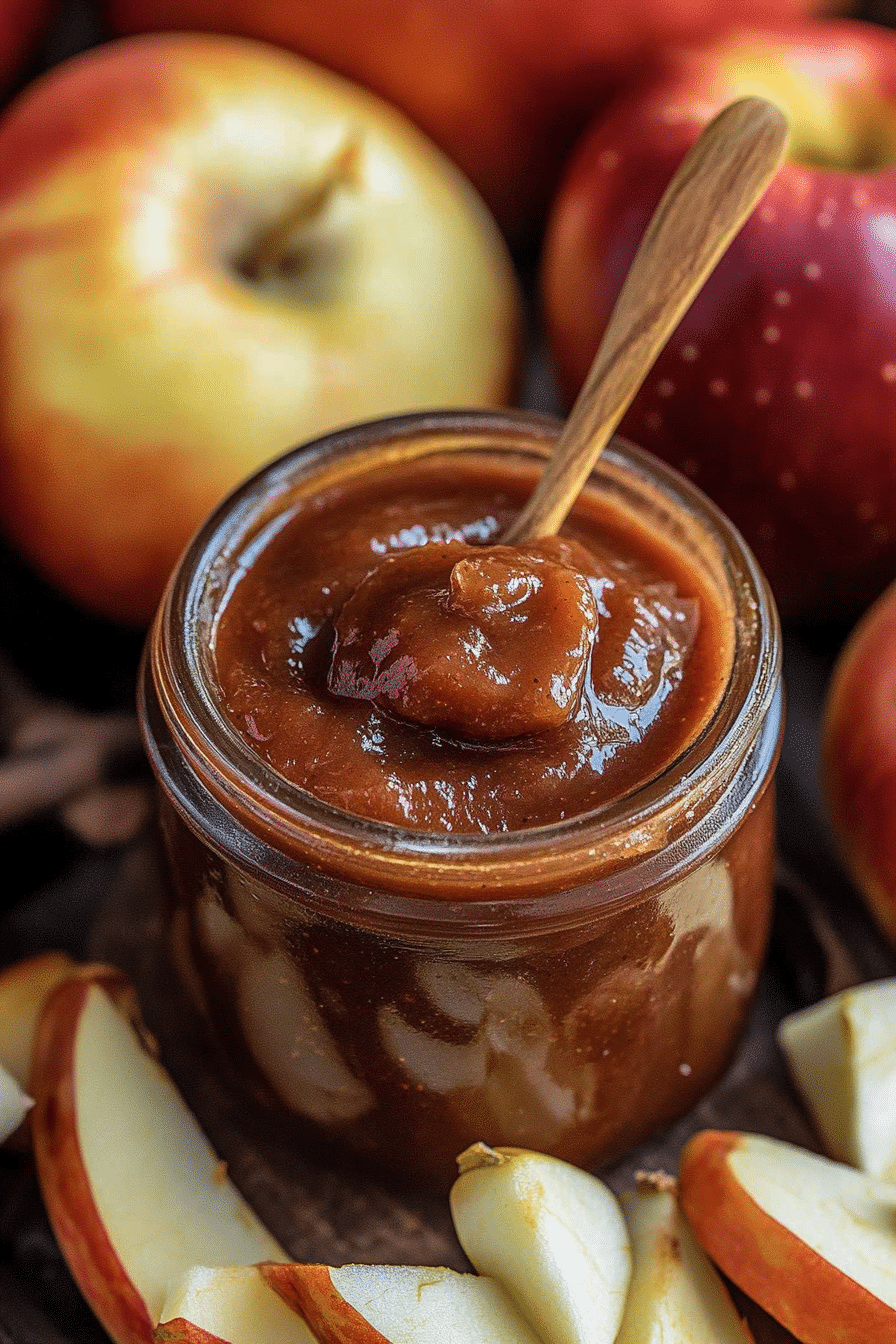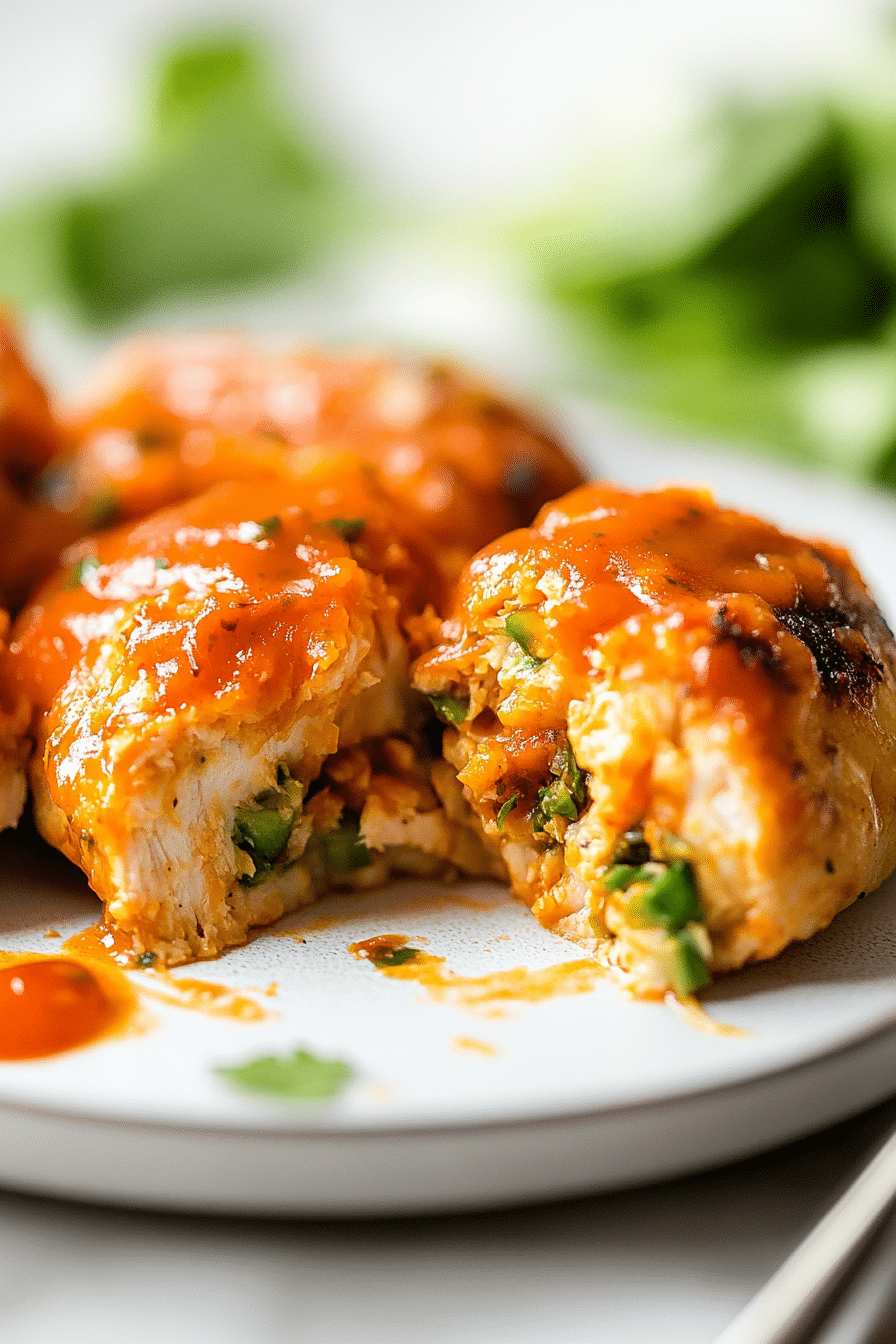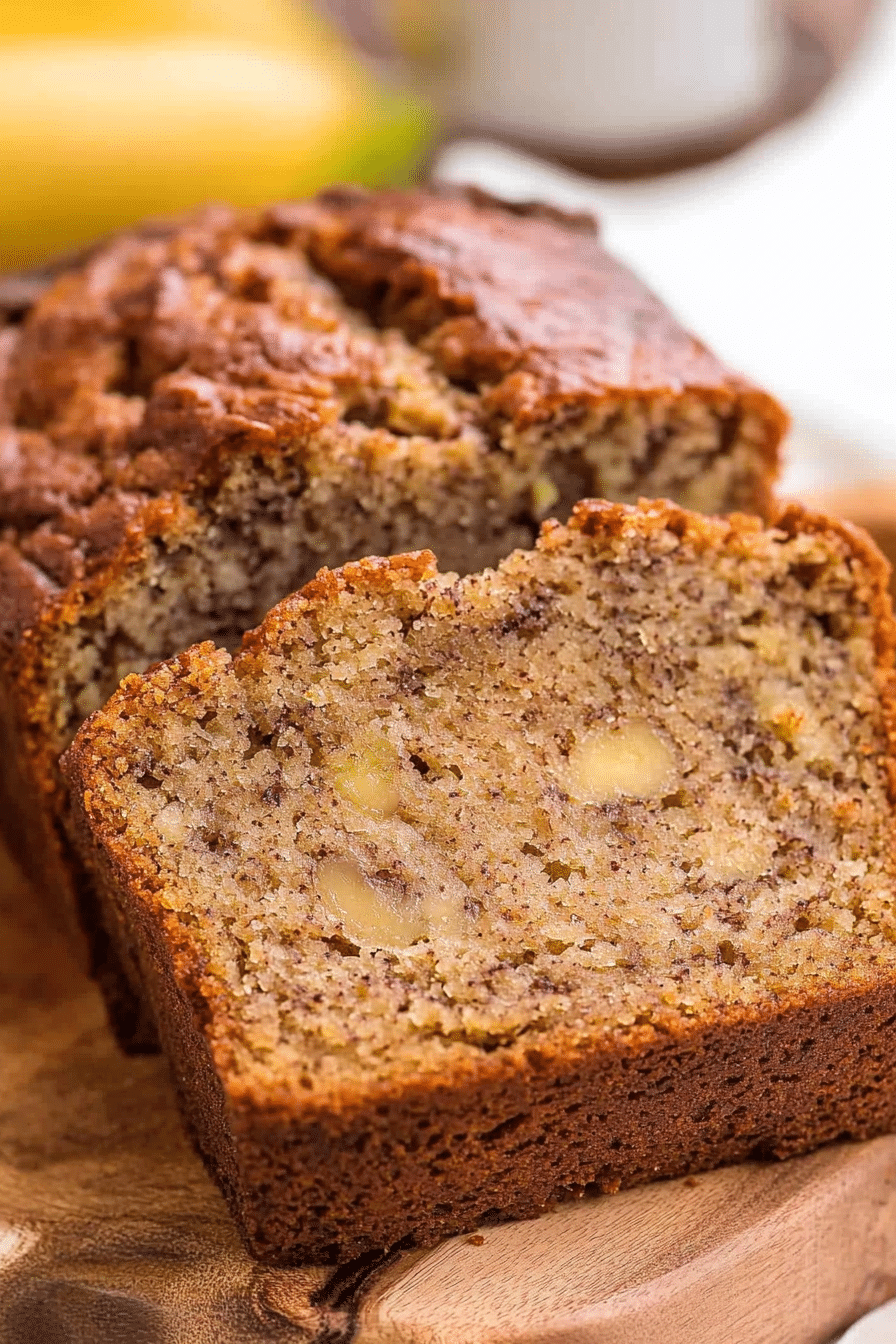You know those days, right? The ones where your little ones suddenly decide that anything green is poison, anything with a speck of texture is suspicious, and the very idea of dessert is met with a dramatic sigh? Yeah, I’ve been there. More times than I care to admit, actually. My youngest, bless her heart, went through a phase where she’d only eat beige food. Beige! It was a culinary nightmare. But then, a few years ago, I stumbled upon a recipe that has become my absolute secret weapon. It’s what I lovingly call the “No Whining Allowed” Picky Eater Cake. This isn’t just any cake; it’s a fluffy, moist miracle that even the most discerning palates seem to adore. It’s got this incredibly tender crumb and a subtly sweet flavor that just whispers comfort. It’s so unassuming, yet so utterly delicious, it’s the perfect answer when you’re facing down a kitchen full of picky eaters and need a guaranteed win. Honestly, it’s a lifesaver, much like my legendary “Five Ingredient” Lasagna for busy weeknights.
What is the “No Whining Allowed” Picky Eater Cake?
So, what exactly *is* this magical creation? Think of it as your most approachable, forgiving, and downright delicious vanilla cake, but with a secret superpower. It’s essentially a super moist, tender vanilla cake that’s so beautifully balanced, it doesn’t rely on anything too “out there” to be fantastic. The “picky eater” part comes from its incredible ability to please even the most hesitant eaters. There are no crazy colors, no chunks of fruit that might be mistaken for something unwelcome, and the texture is just divine – soft, airy, and melt-in-your-mouth tender. I like to think of it as the foundational cake of your dreams, the one you can build on, but it’s so good, it’s often enjoyed just as it is. It’s like the perfectly tailored white t-shirt of the baking world – a classic that never goes out of style and always looks good.
Why you’ll love this recipe?
Oh, where do I even begin with why you’ll absolutely adore this cake? Let’s break it down. First off, the flavor is just *sublime*. It’s this gentle, comforting vanilla that’s not too sweet, not too bland. It’s perfectly balanced. It’s like a warm hug in cake form. And the texture? Pure magic. It’s incredibly moist and tender, thanks to a couple of simple tricks that I’ll share with you later. What I love most about this cake is its sheer simplicity. You don’t need any fancy equipment or complicated techniques. You can literally whip this up on a Tuesday afternoon and have it ready for an after-school treat. It’s also surprisingly budget-friendly; you probably have most of the ingredients in your pantry right now! And talk about versatile! While it’s a champion on its own, it’s also a fantastic base for frosting or a simple dusting of powdered sugar. Compared to some other vanilla cakes that can turn out dry or dense, this one is consistently a winner. My kids have actually asked for this cake multiple times a week during some phases, which, let me tell you, is the highest compliment a mom can get!
How do I make a picky eater cake?
Quick Overview
Making this cake is honestly a breeze. You’ll whisk together your dry ingredients, then mix your wet ingredients, and finally, combine them. It’s a straightforward process that yields an incredibly moist and tender cake. The key is gentle mixing and not overworking the batter. It’s the kind of cake that makes you feel like a baking pro, even if you’re just starting out. The aroma that fills your kitchen as it bakes is just pure bliss, a sure sign of good things to come.
Ingredients
For the Main Batter:
2 ½ cups all-purpose flour: Make sure it’s your standard all-purpose flour. I find King Arthur or Bob’s Red Mill work beautifully here. If you’re feeling adventurous, you can try a good quality gluten-free blend, but I’ll get to that in the FAQ!
1 ½ teaspoons baking powder: This is what gives us that lovely lift and airy texture. Always check the expiration date on your baking powder!
½ teaspoon baking soda: This works with the acidic components to create an even softer crumb.
½ teaspoon salt: A little salt is crucial for balancing sweetness and enhancing all the other flavors.
1 ½ cups granulated sugar: This is the standard sweetness, but we’ll talk about adjustments later.
1 cup unsalted butter, softened: Make sure your butter is truly softened, not melted. It should give slightly when you press it with your finger. This is key for a creamy batter.
2 large eggs: At room temperature! This helps them emulsify better with the butter and sugar.
1 teaspoon Vanilla Extract: Use a good quality vanilla extract. It really does make a difference in the final flavor profile.
1 cup milk: Whole milk will give you the richest flavor and texture, but 2% or even almond milk (tested and confirmed!) works wonderfully too. I actually tested this with almond milk once when I ran out of regular, and it made it even creamier!
¼ cup Sour Cream or plain Greek yogurt: This is one of the secrets to its incredible moisture! It adds fat and tang, resulting in a super tender cake.
For the Glaze (Optional, but highly recommended!):
1 ½ cups powdered sugar: Sifted, if you can, to avoid lumps.
2-3 tablespoons milk or heavy cream: Start with 2 and add more until you reach your desired consistency. Heavy cream makes it extra luscious.
½ teaspoon vanilla extract: For that extra touch of flavor.
Step-by-Step Instructions
Step 1: Preheat & Prep Pan
First things first, get your oven preheating to 350°F (175°C). I always recommend using the middle rack for even baking. Now, grab a 9×13 inch baking pan. You can grease it generously with butter or non-stick cooking spray, and then lightly flour it. This ensures your beautiful cake will slide right out without any drama.
Step 2: Mix Dry Ingredients
In a large bowl, whisk together your flour, baking powder, baking soda, and salt. Give it a good whisk for about 30 seconds to make sure everything is evenly distributed. This step is simple, but it’s crucial for ensuring your cake rises evenly and has a consistent texture throughout. No one wants a cake with random pockets of baking powder!
Step 3: Mix Wet Ingredients
In a separate, medium-sized bowl, cream together your softened butter and granulated sugar. You want to beat this until it’s light and fluffy, which usually takes about 3-5 minutes with an electric mixer. This creaming process incorporates air, which is another key to that tender crumb. Next, beat in your room-temperature eggs, one at a time, making sure each is fully incorporated before adding the next. Then, stir in the vanilla extract and the sour cream (or yogurt). It might look a little curdled at this stage, but don’t worry, that’s perfectly normal!
Step 4: Combine
Now, we’re going to add the dry ingredients to the wet ingredients in alternating additions, starting and ending with the dry. Add about a third of the dry ingredients to the wet mixture and mix on low speed until just combined. Then, add half of the milk and mix again until just combined. Repeat this process: another third of the dry, the rest of the milk, and finally, the last of the dry ingredients. Mix on low speed *just* until there are no streaks of flour visible. It’s really important not to overmix here! Overmixing develops the gluten too much, which can lead to a tough cake. Stop as soon as it comes together.
Step 5: Prepare Filling
This step is optional, but I love adding a little something extra! For a basic, picky-eater-approved “swirl,” you can take about ¼ cup of the batter and mix in a tablespoon of cocoa powder and a splash of milk to make it a slightly thinner chocolate batter. Or, you can simply reserve a few tablespoons of the plain batter to add on top later.
Step 6: Layer & Swirl
Pour about half of the main cake batter into your prepared pan and spread it evenly. If you’re doing a chocolate swirl, dollop spoonfuls of the chocolate batter over the plain batter. Then, pour the remaining plain batter on top and spread it out gently. Now, take a knife or a skewer and gently swirl the batters together to create a marbled effect. You don’t want to over-swirl, or you’ll lose the distinct layers and just end up with a brown cake. A few gentle passes are all you need!
Step 7: Bake
Pop that pan into your preheated oven. Bake for 30-35 minutes, or until a wooden skewer or toothpick inserted into the center comes out clean. Keep an eye on it, as oven temperatures can vary. If the top starts browning too quickly, you can loosely tent it with aluminum foil. I’ve found that checking around the 28-minute mark is usually a good starting point.
Step 8: Cool & Glaze
Once it’s baked, take the cake out of the oven and let it cool in the pan on a wire rack for about 15-20 minutes. This allows the cake to set properly. While it’s cooling, whisk together your powdered sugar, milk (or cream), and vanilla extract in a small bowl until smooth and drizzly. Once the cake has cooled slightly but is still a little warm, pour the glaze over the top, letting it drip down the sides. The warmth of the cake will help the glaze spread beautifully.
Step 9: Slice & Serve
Let the glaze set for another 10-15 minutes before slicing. I find that using a sharp knife and a sawing motion works best to get clean slices without dragging the glaze. Serve it warm or at room temperature. This cake is honestly perfect on its own, but a scoop of vanilla Ice Cream alongside it is pure decadence.
What to Serve It With
This cake is so wonderfully versatile, it fits into almost any meal or occasion! For breakfast, a small slice with a glass of cold milk or a warm cup of coffee is pure comfort. It’s not overly sweet, so it doesn’t feel like a dessert first thing. For a special brunch, I love to serve it with a few fresh berries on the side and perhaps a dollop of whipped cream. It looks so elegant, and no one needs to know how easy it was! As a dessert, it’s a dream. A dusting of powdered sugar, a scoop of good quality vanilla or chocolate ice cream, or even a drizzle of raspberry sauce makes it feel extra fancy. And for those cozy snack times? This is my go-to. It’s perfect with a cup of tea or a warm mug of hot chocolate, especially on a chilly afternoon. My family also loves it crumbled over yogurt for a sweet breakfast treat. Honestly, it’s just so adaptable!
Top Tips for Perfecting Your “No Whining Allowed” Picky Eater Cake
After making this cake more times than I can count, I’ve picked up a few tricks that make it even better. When it comes to the flour, I always suggest using the spoon-and-level method rather than scooping directly from the bag. This prevents you from packing too much flour into the measuring cup, which can lead to a dry cake. I’ve experimented with different types of milk, and while whole milk gives the richest result, 2% works just fine, and I’ve even had success with unsweetened almond milk, which made it surprisingly creamy! The sour cream or yogurt is non-negotiable for me; it’s what guarantees that super moist, tender crumb that’s essential for winning over picky eaters. If you don’t have sour cream, full-fat plain Greek yogurt is an excellent substitute and often what I reach for. When you’re mixing the wet and dry ingredients, remember my mantra: *do not overmix*. Seriously, as soon as you don’t see streaks of flour, stop. A few tiny lumps are much better than a tough cake. For the swirl, I’ve learned that less is more. You want to see the marbling, not just a muddy brown cake. Gentle, shallow swirls are key. If you’re worried about the baking time, I always recommend starting to check for doneness a few minutes before the recipe suggests. Ovens can be quirky! A cake tester that comes out *completely* clean is your golden ticket. For the glaze, if it’s too thick, add milk a teaspoon at a time. If it’s too thin, add more powdered sugar a tablespoon at a time. You’re aiming for a consistency that drizzles nicely but isn’t watery. I’ve also found that adding a tiny pinch of cream of tartar to the glaze can help it set a bit firmer, which is nice if you plan to transport the cake.
Storing and Reheating Tips
Keeping this cake fresh is pretty straightforward, which is another reason I love it so much. If you’re planning to enjoy it within a day or two, keeping it at room temperature in an airtight container is perfectly fine. The moisture from the sour cream/yogurt and milk really helps it stay delicious at room temp for up to 3 days, especially if it’s not too humid where you live. If you’ve glazed it, I’d recommend letting the glaze fully set before covering to avoid smudging. If you need to store it for longer, the refrigerator is your friend. Wrap the uncut cake tightly in plastic wrap, then place it in an airtight container. It will stay moist and delicious in the fridge for up to 5 days. When you’re ready to serve, let it sit at room temperature for about 20-30 minutes to take the chill off, and it will taste almost as good as fresh! For longer storage, this cake freezes beautifully. I like to freeze it *before* glazing. Wrap the cooled, uncut cake tightly in a couple of layers of plastic wrap, then a layer of aluminum foil. It can stay frozen for up to 3 months. To thaw, unwrap it and let it come to room temperature on a wire rack for several hours. Once thawed, you can then add your glaze. If you decide to freeze slices individually, make sure they are well-wrapped. Reheating is simple: a quick zap in the microwave (about 15-20 seconds) can warm up a slice nicely if you prefer it warm, but I usually find it’s perfect just as it is.
Frequently Asked Questions
Final Thoughts
There you have it – my tried-and-true “No Whining Allowed” Picky Eater Cake! This recipe has saved me from countless mealtime meltdowns and has become a staple in my kitchen. It’s more than just a cake; it’s a little bit of everyday magic that brings smiles to faces, big and small. The beauty of this recipe is its honesty – it’s simple, it’s forgiving, and it delivers pure, unadulterated deliciousness every single time. If you loved this, you might also want to check out my recipe for the Best Ever Chocolate Chip Cookies, which is another family favorite that’s always a huge hit. I truly hope you give this cake a try and that it becomes a cherished recipe in your home too. I can’t wait to hear how yours turns out! Please leave a comment below and let me know your thoughts, or share any fun variations you try!

Picky Eater's Dream Cake
Ingredients
Cake Base
- 3 pounds chocolate chip cookie dough store-bought tub recommended
Filling
- 15 cookies Double Stuf Oreos
Frosting
- 2 cups Buttercream frosting
Instructions
Preparation Steps
- Preheat oven to 350°F (175°C). Grease and flour an 8-inch round cake pan.
- Press half of the cookie dough evenly into the bottom of the prepared cake pan.
- Arrange the Double Stuf Oreos flat on top of the cookie dough layer, starting from the center.
- Top the Oreos with the remaining cookie dough, pressing it down to cover the Oreos completely.
- Bake for 25-35 minutes, or until the edges are golden brown and the center is no longer shiny. If the edges start to brown too quickly, you can loosely cover the edges with aluminum foil.
- Remove from oven and let the cake cool completely in the pan before inverting it onto a wire rack.
- Once cooled, frost the cake generously with buttercream frosting.
Notes
Featured Comments
“Impressed! Clear steps and so flavorful results. Perfect for busy nights.”
“New favorite here — turned out amazing. crowd-pleaser was spot on.”
“Super easy and turned out amazing! My family asked for seconds. Saving this one.”
“This sweet treat was absolutely loved — the silky really stands out. Thanks!”
“Made it tonight and wow — spot on! Will definitely make Picky Eater Cake Easy again.”
“Packed with flavor and so simple. Exactly what I wanted from Picky Eater Cake Easy.”


